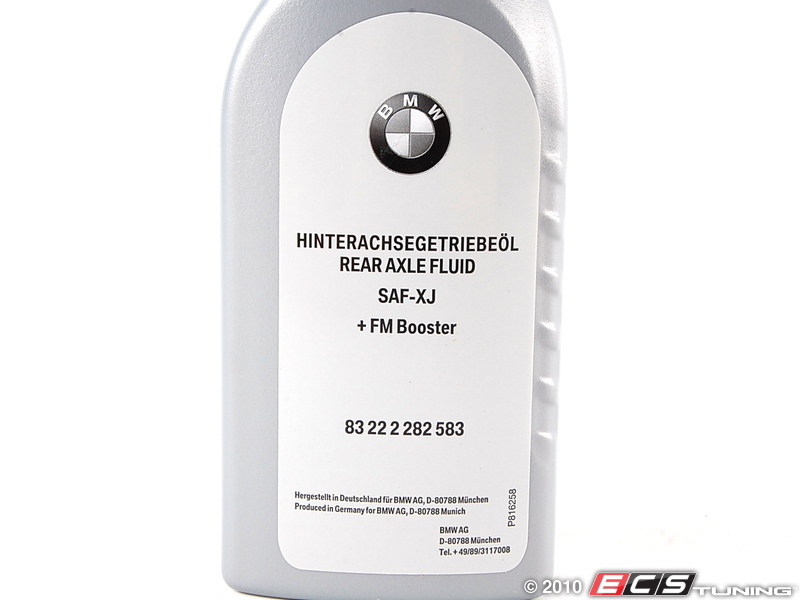

What Are the Causes of Differential NoiseĪll vehicles make noises when they drive, and almost all have at least one differential.

The two pinion or spider gears are attached to the ring gear and rotate with it between the beveled side gears at the end of each co-axial axle, rotating them and delivering drive power to the wheels. Simplified, the engine turns the shaft, which turns the input pinion gear. They mesh with the side gears at 90° to drive each axle, transferring drive rotation but preventing flexing of the co-axial axle.

The spider gears are connected to the ring gear and are off-set 180° from each other. They are driven by two bevel or pinion gears – also known as spider gears. The differential end of each split axle is a bevel or side gear, also known as a sun gear. It is an open-bottomed pie-plate looking gear with the left or right axle going through the open bottom.

The planet gears spin around or are driven by the sun gear.Īn input pinion gear (flat-end cone-shaped) is turned by the pinion shaft at the end of the drive shaft. They are commonly known as planet gears and sun gears. The differential is made up of different gears that split the rotation of the engine power to the left and right wheel assemblies. ‘Positraction’ or limited-slip differentials (LSD) are co-axial axles that allow some torque to be transferred from one axle to the other if one tire is spinning on ice, snow, wet pavement, or mud. On straight, smooth roads, they operate at the same speed. If the axles weren’t split, both wheels would spin at the same rate, which is problematic when cornering – damaging the shaft, stripping gears, or causing the vehicle to spin out of control. Most modern automobiles have a split or co-axial differential that allows the left and right wheels to rotate at different speeds when cornering or on uneven surfaces. All-wheel drive vehicles have a third differential located between the front and rear axles to allow the steering axle to turn at different speeds for easier cornering. This delivers the same torque to both sets of axles, which is why steering at slow speeds is more difficult. On a part-time 4-wheel drive, the front and rear differentials lock together when engaged. On front-wheel drive vehicles, the differential is located at the end of the transverse-mounted engine. The bulge in the axle houses the differential. It is located on the rear axle of rear-wheel-drive vehicles, where the driveshaft meets the axle. They use gears to change the direction of torque or power from the engine equally between the drive wheels. The most common differentials are front-wheel drive and rear-wheel drive differentials.
#Rear differential fluid how to
What is a Differential on a Car and How It Works What Are the Causes of Differential Noise Humming Noise Clicking Grinding Noise Whirring Sound Knocking Noise Rumbling Clunking Banging Whining Noise on Acceleration/Deceleration Vibration Noise When Turning Howling Noise How to Diagnose Differential Noise How to Fix a Noisy Differential Can You Drive With a Bad Differential Sound? Differential Repair Costs Differential Replacement Cost Conclusion What is a Differential on a Car and How It Works By the end of the article, you should have a better understanding of what different differential noises are warning you about, and how to stop the sound.įor information on quieting other automotive noise, please see our articles: We also look at what it can cost to repair or replace a differential. We explain what a differential is and provide a simple description – we don’t explain all differential types. In this article, we’ll focus on unusual noises from the front or rear diffs, what could cause the sound, and what you can do to repair it. However, once the noise gets bad, rebuilding or replacing the differential may be the best way to fix the noise. How to fix a noisy differential: Replacing the differential fluid may stop the sound, or replacing a pinion or side seal may solve the problem. Does your auto make a grinding or howling noise when driving? Does it whine when you speed up or slow down? If your car clunks, knocks, grinds, howls, or whines, you need to know how to fix a noisy differential.


 0 kommentar(er)
0 kommentar(er)
